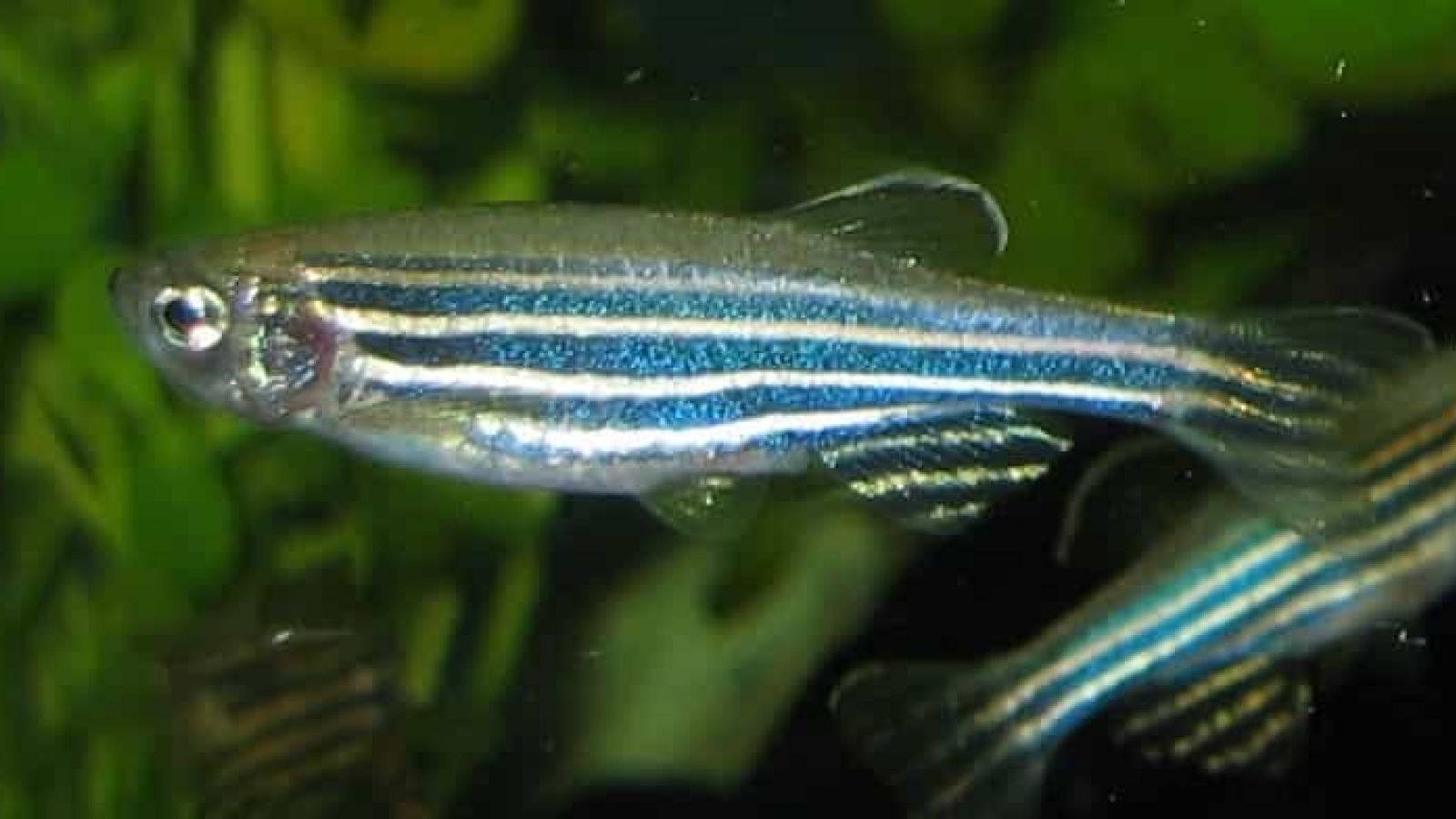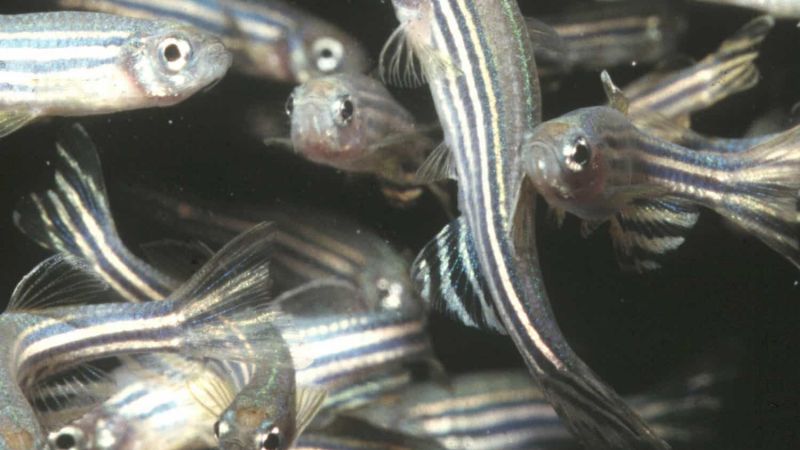
Grants worth £4 million have just been announced for 13 science projects that aim to minimise the use of laboratory animals and improve their welfare.
The latest grants, awarded by NC3Rs, fund research dedicated to the three Rs: reducing, replacing and refining the use of animals in research. To see current examples of the three Rs in action, go to our What R you watching? activity.
Ferrets are the gold standard for studying flu virus transmission and the emergence of pandemics. Large numbers of ferrets provide information on which virus strains are easily transmitted, but they do not reveal why. The new project will develop a new model using cells from the ferrets' nose and throat to allow a more detailed understanding of the host/virus interaction and reduce the number of animals that are needed.
Of the 13 projects, two aim to improve cell-based assays by modelling systems in 3D instead of in flat 2D cultures. These assays, for cancer medicines and endocrine disrupters (environmental chemicals that interfere with normal hormone function), should provide better screening test-beds so that fewer animals will need to be used subsequently.
Three projects may affect the numbers of fish used in research, which accounted for one-sixth of all animals used in British research in 2008.
One aims to develop zebrafish tests of impulsivity and novelty-seeking behaviour, two major factors that predict susceptibility to drug dependence in humans. Such tests currently tend to use rodents.
As the use of medicines increases, so does their presence in the environment. A system based on cells from fish gills, which allows the cells to be exposed to chemicals in test water, mimics how free-living fish would be exposed to chemicals in the environment. It accurately predicts the toxicity of metals in water, and the grant will enable scientists to see whether this system can replace live fish toxicity tests for pharmaceuticals.
A cell-based assay is also being developed to test the vaccines used to keep the fish we eat healthily. If successful, this assay could reduce by 10-fold the number of fish suffering from lethal infection during the initial phases of vaccine development.
Finally, one of the grants addresses the controversial use of animals to test botulinum toxins and antitoxins.
Botox can be used as a medical therapy, for example by blocking painful muscle spasms. It must be tested for safety and potency, the most commonly used test involving mice. Alternative tests are time-consuming, only reflect one or two of the factors contributing to toxicity, and still use animal cells and tissues. The new project will aim to overcome these limitations by using a variety of techniques to test how human cell functions are affected by the toxin. If the human cell assays reflect the full action of these toxins, they could replace at least 70,000 mouse assays each year in the UK alone.
Other NC3Rs grants this year could have an impact on the use of animals in diverse areas of research such as breeding GM mice, for multiple sclerosis, cancers, epilepsy and pain studies. The animals that may be impacted include fruit flies, fish, ferrets, rodents and monkeys. Summaries of all 13 projects can be found on the NC3Rs website.
Last edited: 5 July 2022 11:05



